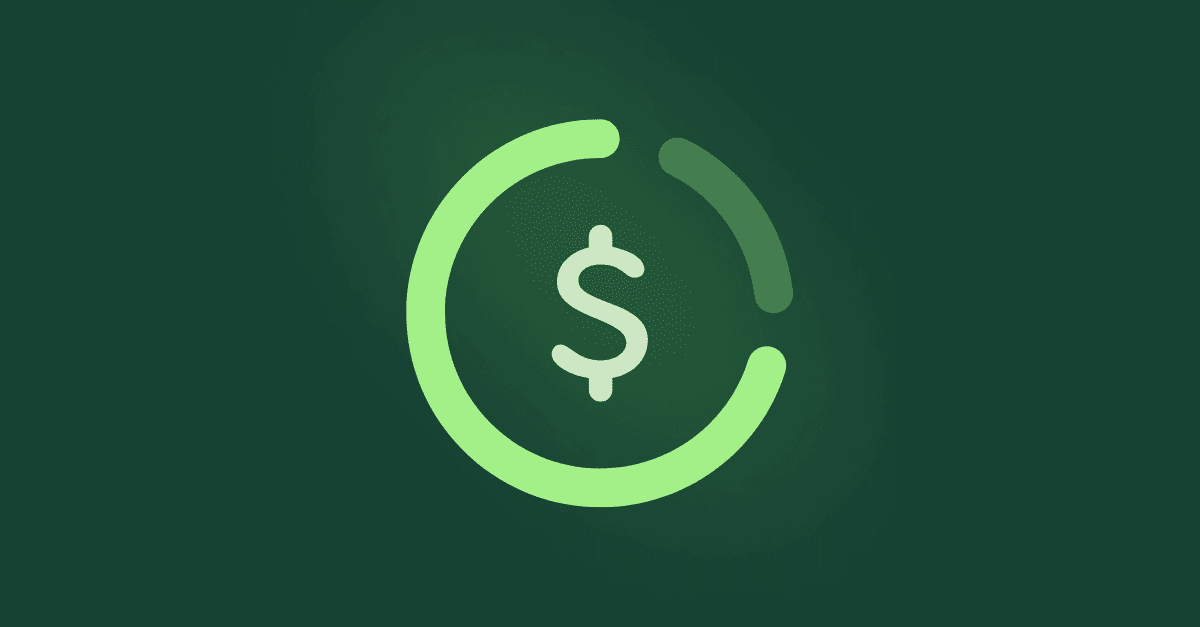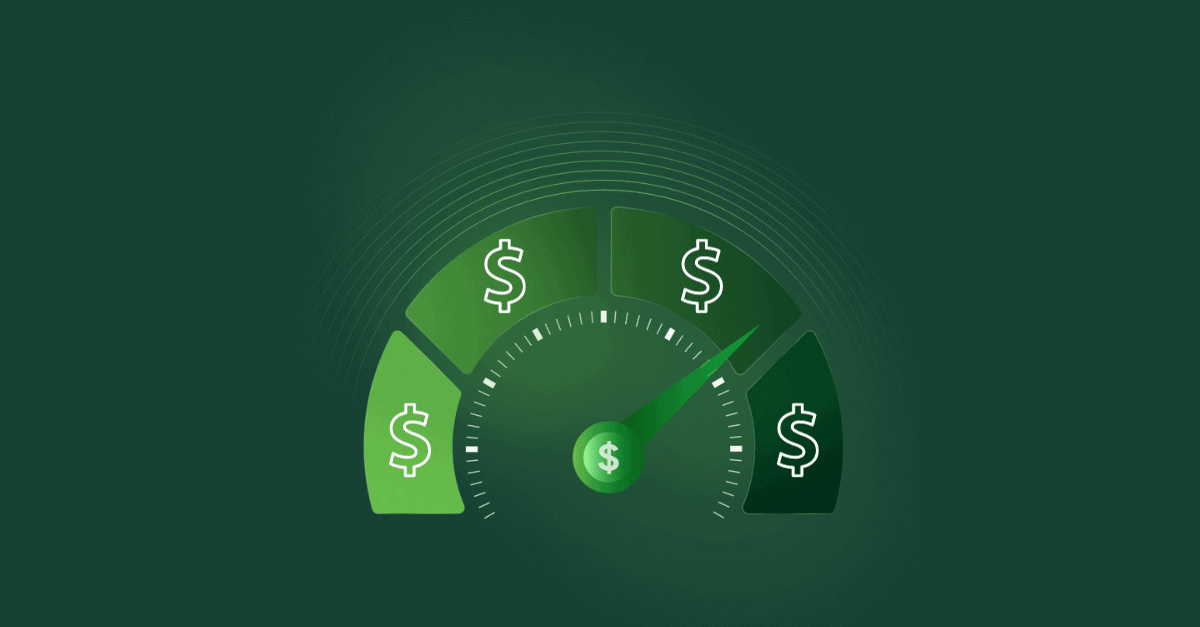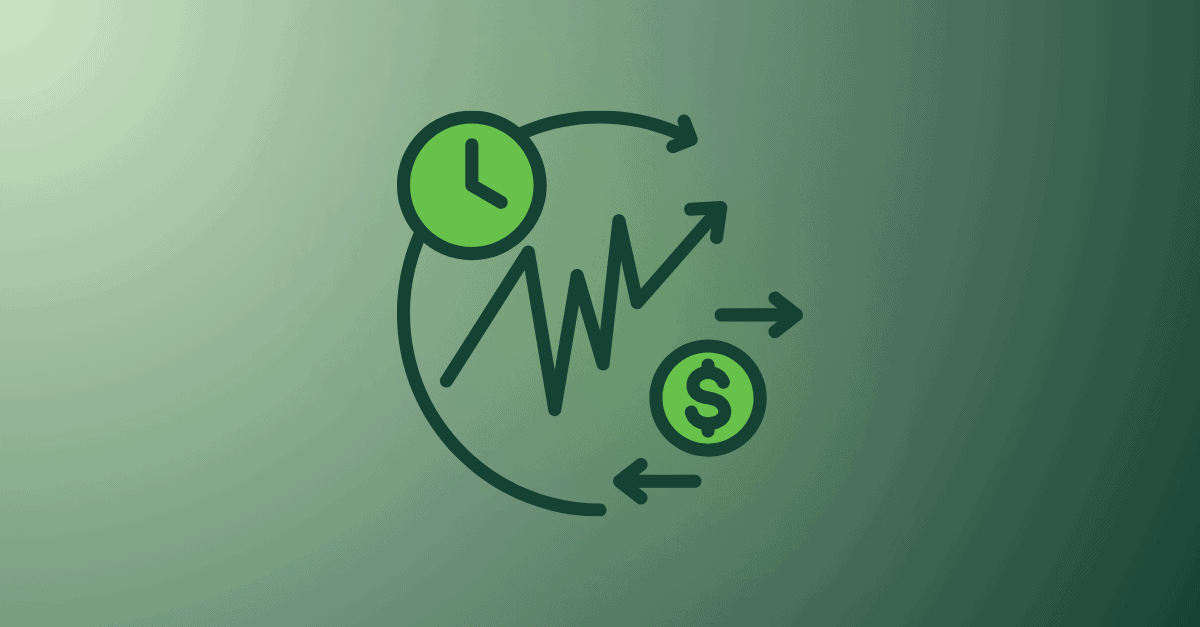Companies are looking to diversify their pricing models—especially Software as a Service (SaaS) companies to maintain a competitive edge and remove barriers to customer adoption. As made famous in recent years by companies like Amazon, Snowflake, and HubSpot, consumption-based pricing allows customers to pay for their actual consumption of the product or service. What’s the benefit of this?
Essentially, you can entice more users to sign up for your SaaS platform or other digital service. After all, low barriers to entry and the flexibility to upgrade or downgrade based on your needs are attractive features for new customers—it’s why more and more businesses are offering consumption-based models for their pricing plans.
In fact, over 60% of companies were utilizing consumption-based pricing in 2023, while 21% were testing its feasibility. If, like many others, you’re considering a consumption-based model for your business, consider these benefits and best practices while implementing your new pricing plan.

Source: OpenView Partners: USAGE-BASED PRICING The next evolution in software pricing.
Understanding Consumption-Based Pricing
As mentioned, consumption-based pricing (also called a usage-based pricing model) establishes a metric—such as the number of users in a month or the sum of transactions processed—to determine how much users will pay for their service.
Alternate pricing models—such as subscription- or seat-based pricing—generally charge a flat fee for access to SaaS platforms. However, these models are increasingly losing ground to consumption-based or hybrid pricing because they are more in line with customer needs.
Comparison With Other Pricing Models
It’s important to note that while we’ve talked about competing pricing models, such as consumption-based and subscription-based pricing structures, they’re often used in tandem. This allows companies to offer more flexibility to their customers and tailor their pricing to better fit their needs.
A great example is Amazon Web Services (AWS). With AWS, customers only pay for the computing resources they actually use, such as storage, processing, and data transfer. The pricing is based on factors like the amount of data transferred and the number of requests made, allowing customers to pay only for what they need.
Seat-based pricing, another alternative to consumption-based business models, also allows you to pay for the number of “seats” or licenses you will use. With seat-based models, however, you must know and reserve the volume of licenses you intend to use.
Advantages of Consumption-Based Pricing
A consumption-based pricing strategy presents many advantages over other models for consumers and businesses. Here’s why:
Cost Efficiency for Consumers
For businesses, consumption-based pricing models can improve customer retention rates.
Consumption-based pricing offers a cost-efficient model for consumers looking to test the waters of a new SaaS platform. They won’t break the bank on potential shelfware by paying for only what they use. When spending is tied to actual usage, customers are less inclined to cancel or downgrade their contracts.
Scalability and Flexibility for Businesses
Small companies seeking out SaaS platforms don’t always have a clear idea of how large they intend to grow or their future software usage needs. Consumption-based pricing allows for astonishingly simple scalability as businesses can easily add more users or increase volumes to suit their needs.
Likewise, consumption-based models are incredibly flexible—if companies use a service less over a certain period, they won’t have to pay for any unutilized volume and can often roll it over into future periods.
Aligning Costs With Value
One of the biggest advantages of a usage-based pricing strategy is that it allows companies to charge customers based on their raw usage data and perceived value. Usage-based pricing often offers transparency in pricing, as customers can easily understand what they are paying for based on their actual usage. This transparency builds trust and enhances the perceived value of the offering.
Correctly identifying your value metric and charging customers based on that value can increase customer satisfaction and net retention rates. Paying close attention to customer usage and value metrics can help businesses identify areas for growth and expansion. This means that usage metrics are a crucial component of such a pricing model. By leveraging usage data, companies can ensure customers only pay for what they use, often leading to happier and more recurrent users.
Consumption-Based Pricing Drawbacks
One of the main cons is that it can be unpredictable and difficult to budget for, as costs will fluctuate based on usage. This can make it challenging for businesses to forecast their expenses and revenue accurately.
Additionally, if customers feel like they are being charged unfairly or unexpectedly high fees, the relationship between the business and its customers could be damaged. It’s worth mentioning how consumption-based pricing models can be complex and may require significant investment in technology and infrastructure to accurately measure usage and bill customers accordingly.
Examples of Consumption-Based Pricing
As mentioned, over 81% of companies were already using or testing consumption-based pricing models by 2023. While these businesses span a variety of industries, two of the most popular spaces for implementing such systems include the following.
Cloud Computing/Infrastructure Services
Amazon Web Services (AWS) is a robust cloud-computing platform with financial management tools, analytical insights, and other useful features designed to boost your presence on the world’s leading eCommerce platform.
It operates most of its services on a pay-as-you-go model. Consumers and businesses can easily select the necessary tools rather than subscribing to the entire suite.
There are also no set contracts. This means users can test-run different services to see what fits their operational model and, if they’re not useful, swap them out for other options.
Software as a Service (SaaS) Models
Slack is perhaps the world’s most well-known business communication app, and it allows companies to pay on a per-user basis. For $8.75 a head per month, you can build your Slack team with no fixed contracts.
This consumption-based model lets businesses access Slack at an attainable price. But Salesforce (Slack’s parent company) also offers discounts for annual subscriptions and enterprise models up to 500,000 users in size.
Such tiered strategies with these SaaS pricing models can effectively pull in new users and keep them on with attractive pricing.
How Businesses Can Adopt Consumption-Based Pricing: Tips and Best Practices
Consumption-based pricing is quickly becoming the norm in the SaaS industry. Before implementing consumption-based pricing for your business, ensure you have the proper back-office technologies to measure, rate, bill, and recognize revenue accurately.
Be sure to give your existing customers ample notice. You may even want to guide them onto it by giving them a choice between various plans. This might look like continuing a subscription- or seat-based pricing strategy with a new consumption-based option.
Consumption-Based Models: The Future of SaaS Pricing
Consumption-based pricing allows your customers to pay for their real usage volumes rather than subscribing to pre-set limits, allowing for more flexible terms and more attainable startup costs. Not to mention, consumption-based models can easily scale as businesses grow.
However, there are a few challenges to keep in mind before implementing this model:
- Customers with large usage volumes may potentially pay more with consumption-based pricing than with other types of models
- Since there are no fixed contracts, there’s always the potential for usage volumes to drop off at any time
- SaaS platforms that offer consumption-based pricing will see variable monthly incomes—potentially complicating bookkeeping and budgeting tasks
Despite all this, a consumption-based pricing model with a flexible billing cycle is still a leader that fits the majority of SaaS platforms and online services.
How RightRev Can Help Businesses Accurately Manage Consumption-Based Revenue
As mentioned, consumption-based pricing can entice more users to sign up for your service but can also complicate revenue recognition and reporting. Fortunately, RightRev can simplify your business’s revenue recognition and reporting processes to eliminate accounting errors and automate menial bookkeeping tasks.
With consumption-based revenue recognition, users may access your service at no upfront cost, only for revenue to pour in several months later. There are myriad ways to structure a consumption-based pricing model, whether done on a pay-as-you-go model, a credit burn-down model, a tier-based pricing model, etc.
Attributing when and how that revenue is recognized is a complex and arduous task to undertake manually—but with our advanced revenue recognition software, we remove the complexity, allowing accounting teams to focus on more strategic and less manual work. In fact, we’ve automated consumption-based revenue recognition for customers like Snowflake, ThoughtSpot, Cockroach Labs, and more!
Request a demo to see how to simplify complex usage-based revenue recognition.




